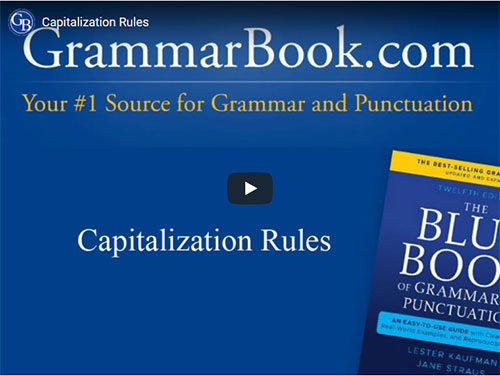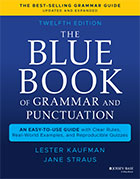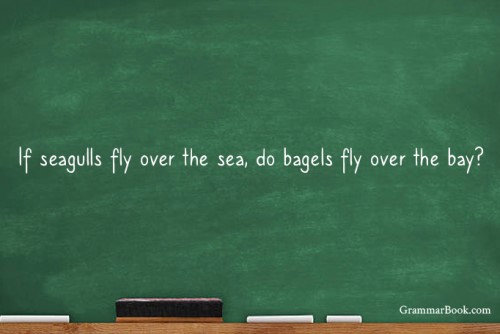|
We at times receive questions concerning the proper way to address outbound mail and, in particular, use zip codes. Because your goal and ours is to achieve precision in writing, we'll take a closer look at zip codes and how you can treat them in your correspondence.
What Is a ZIP Code?
Zip codes today are five-digit numbers at the end of U.S. mailing addresses to help ensure more-efficient delivery in the American postal system. Without them, mail can be delayed because of extra manual handling.
According to the Smithsonian National Postal Museum, what we now know as zip codes were introduced in 1943 as a result of World War II. In addition to more mail being sent during the war, the postal service was hiring many new workers to replace those who had left and were leaving for battle. To help the large number of inexperienced employees, the postal service created a new system of numerical postal zones that would simplify the sorting and sending of mail (zip stands for zone improvement plan).
In the beginning, the numbered postal zones were used only in 124 of America's largest urban areas. An original address might have looked like this, with the number identifying the city:
Gary Grammar
1234 Apostrophe Way
Indianapolis 24, Indiana |
By the early 1960s, the American post needed a more detailed and organized system, so non-mandatory five-digit zip codes were introduced along with two-letter state abbreviations (e.g., Chicago, IL 60601).
In 1983, the zip + 4 format we now use (e.g., 60601-1635) was introduced to support delivery to densely populated areas. The first three digits before the hyphen identify the sectional center or large city. The second two classify the post office facility or delivery area. After the hyphen, the first two digits indicate the sector or group of blocks, and the last two identify the segment or one side of a street.
Writing Zip Code: A Matter of Style
Sources differ concerning how to write the phrase for the U.S. mail's identifying numerical system. The U.S. Postal Service uses ZIP Code. It also includes a trademark symbol (ZIP Code™) even though available information suggests the mark expired in 1997.
The Associated Press Stylebook advises using ZIP code. The Chicago Manual of Style favors zip code, which is the style that GrammarBook.com observes.
You would be correct to use any one of these choices unless directed otherwise by an established preference or style guideline.
Writing Zip Codes: Content vs. Mail
If you are writing an address with a zip code in content, style guides often agree on including a comma between the city and state (e.g., Chicago, IL) in the city-state-zip code line.
AP would use the two-letter state code in both content and outbound mail:
| Chicago, IL 60601 |
Tulsa, OK 74120 |
| Santa Clara, CA 95053 |
St. Petersburg, FL 33731 |
CMOS would spell out the state unless it appears in lists, tabular matter, notes, bibliographies, indexes, or outbound mail (in which case it would follow AP style):
| Chicago, Illinois 60601 |
Tulsa, Oklahoma 74120 |
| Santa Clara, California 95053 |
St. Petersburg, Florida 33731 |
When we are writing zip codes for the U.S. mail, the postal service prefers that punctuation not be used. It also prefers that lettering be in all CAPS; the address be printed on the center of the envelope with a flush left margin; and the + 4 number be included.
GARY GRAMMAR
1234 APOSTROPHE WAY
SAN PREPOSITIONAL BISTRO CA 94116-1111
To further explore written format for the U.S. mail, you can review our related topics:
Writing Addresses
Commas to Separate a City and State
|





